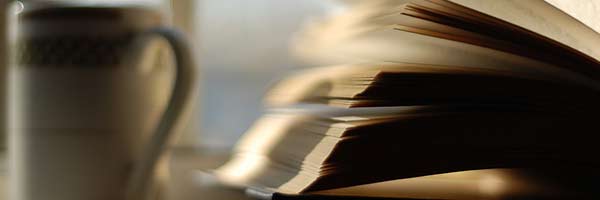The inspiration of the ‘literary’ coffee shop

Coffee shops have long been connected with academics and the arts. One of the first coffee houses set up in London back in the 17th century, known as the Turk’s Head, was established as a place to debate ‘matters of politics and philosophy’.
More recently you can wander down any high street and see people sat inside, cup in one hand and book in the other while works of art hang on the walls. It is an association that has stood the test of time.
Now, New Zealander Tom Scott is bringing the theatre to the coffee shop and is hoping to offer a different type of caffeine hit in a Wellington café.
Scott, a screenwriter and The Dominion Post’s cartoonist, has written a play entitled Caffeine Warriors that is set in and will be performed in a coffee shop.
It was the numerous hours at cafes taking to and making friends that provided the inspiration. The protagonists of the play are, in Scott’s words, a ‘30-year-old, a 40-year-old, a 50-year-old, 60-year-old and a late-20s waitress…[T]hese are people who would not necessarily be friends outside of a coffee bar.’
The stage debut is expected to be later on this year in April.
He isn’t the first to utilise, or draw inspiration from coffee shops. Let’s have a look at a few others:
J.K. Rowling
The author of the hugely popular Harry Potter series initially penned the opening chapters whilst in Portugal, but the majority of her first book was written in coffee shops in Edinburgh. Coffee was a staple of the Hogwarts breakfast.
Ernest Hemingway
The American writer often frequented coffee shops wherever he went, most famously perhaps were his usual haunts in the French capital of Paris. One, La Rotonde, was transposed into print in his novel The Sun Also Rises which was published in 1926.
Starbucks
While the Seattle based chain aren’t authors, their founders used a literary muse to conjure up the name for their first coffee shop. With Moby Dick as source material the Starbucks was chosen, named after the first mate Star Buck. The ship of Melville’s novel, the Pequod, was under consideration at one point too.
picture: dixieroaddash (flickr), used under creative commons
